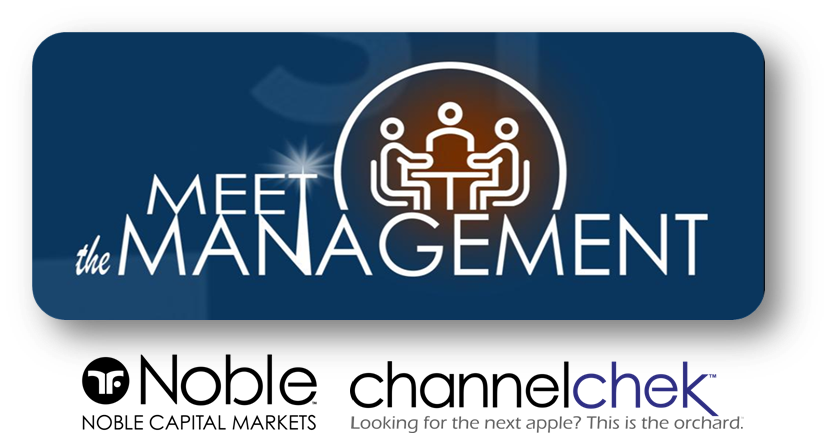
Selling Air Time is Getting Easier for Broadcast Radio
Is broadcast radio losing its power? It doesn’t appear to be, and the medium may be of interest to investors that prefer to shy away from short-lived investment trends and instead look to more easily understood opportunities. According to the industry publication Ad Age, the industry is nearing an intersection where “18- to 49-year-olds are spending more time listening to radio than watching linear TV.” At least one large company has reworked its advertising budget to save money with the expectation of reaching more people. Is this a trend hat will grow?
Re-investing in Radio
Soap opera’s got their start nearly 100 years ago as Proctor and Gamble, manufacturer of soap and candles, created the addictive entertainment to position its product ads in front of the typical soap decision maker of the time. As TV became a fixture in households in the 1950s, P&G adapted and brought the shows and the advertising to television. Last year P&G increased its spending on traditional broadcast radio by 43%. Despite all the new advertising options available, and the ability to refine targeting, P&G has a method to their madness, and it’s worth understanding.
Why the Reversal?
Last year, in the face of rising costs, the marketing giant came under margin pressure. In an attempt to minimize price hikes and maintain old margins, they cut ad spending by 10%, with a new budget of $2.2 billion.
The CEO Jon Moeller had told P&G brand marketers to focus on how many people they reach and how often, rather than how targeted or how much they spend. Chief Brand Officer Marc Pritchard became focused on the effectiveness of radio, connected TV, and streaming free ad-supported TV (FAST).
Belt Tightening
Just as inflation has caused many households to be more frugal, perhaps use less expensive brands, and eat more at home, companies like P&G are finding they are taking a similar approach. And if it helps keep prices down, they can more easily retain customers and attract new ones.
Here is some data on the extreme cost of reaching a broadcast TV audience. In the business, CPM (cost per mile) is a paid ad method where there is a certain rate for every 1000 impressions an ad receives. The CPM to reach TV audiences is as high as $35 to $65. For comparison, YouTube video CPMs range from $20 to $25, and linear TV is in the $10 to $15 range.
But radio can be bought in the $5-$6 CPM range. The targeting may not be as precise as broadcast TV or other media, but the amount spent for every 1000 impressions is a fraction of the alternatives.
Places Investors Might Explore
Other large advertisers are stepping up their radio efforts as well. Pharmaceutical companies Pfizer, and Johnson & Johnson have started to spend more. According ad intelligence provider Vivvix. Pfizer became a top-five radio advertiser last year. They did this by more than doubling spending.
If you haven’t been following media companies, there is some acclimating to terminology, seasons, and how they profit. Two key places for information is the media report that Noble Capital Markets published late January of this year. The report which is available at this link was prepared by top analysts and discusses the recent state of radio, TV, digital media, and publishing.
A video produced just weeks before the published report by members of the same team can be helpful in providing you with insight as to one media company’s strengths over another. The video, featuring Michael Kupinski, Director of Research at Noble Capital Markets, is a half-hour full of insights. At this link.
Do you wish to hear directly from management of broadcast media companies impacted by new trends?
There are two companies that will be conducting three roadshows in Florida over the next two weeks. If you can attend, you’ll have the opportunity to hear directly from management what the future expectations are, and you’ll have the opportunity to ask questions of your own. The company names, locations and dates are available at this link, along with other scheduled roadshows.
Take Away
The most talked about stocks on the chat boards aren’t the only actionable opportunities astute investors can select from. As with all investing, growing your knowledge base can help one expand their watch-list.
P&G’s ad spend adjustment comes at a time when standard AM/FM radio has caught to and is neck and neck with linear TV (for people 18-49 in the U.S.). Radio audiences may not be growing, but they are not declining as broadcast TV audiences have – they are fairly consistent, and ad costs are a great value at a time when companies are dealing with their own increasing costs. This is getting the attention of large advertisers, and it perhaps should get the attention of investors.
Managing Editor, Channelchek
